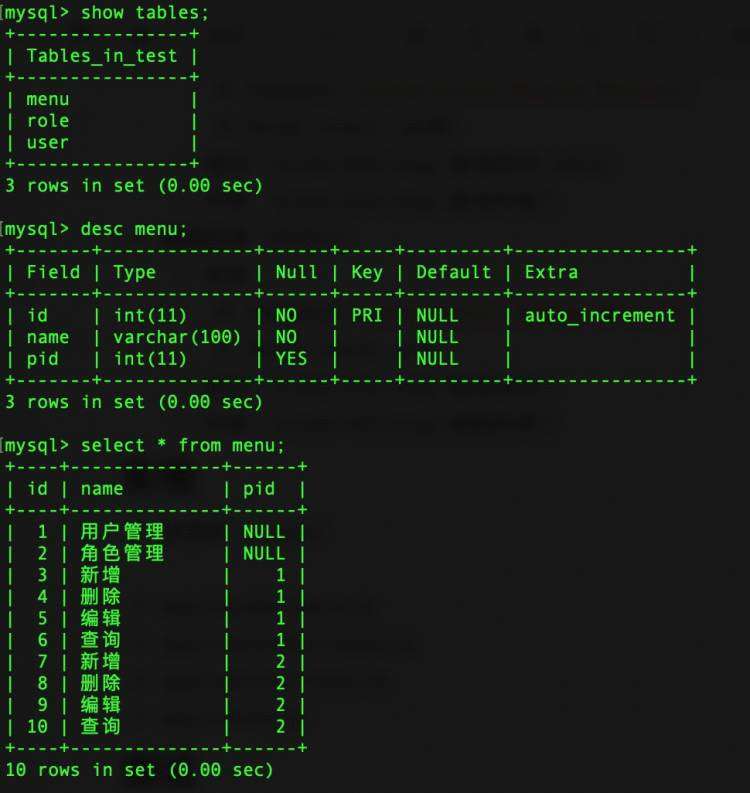网络流最大流最小割
题目链接
就是一道点割。
先说边割
边割比较常见。
最大流
最大流等于最小割,我懒得证。
求最大流的思路就是每次尝试找一条从源点到汇点的通路,然后找到这条路上残余流量最小的流量,答案加上这个流量,这条通路上每条边的残余流量减去这个值,反向边加上这个值。
关于反向边,实际上是一个反悔机制。反向流多少,表示正向已经流了多少。也就是说,如果我们从反向边流了一些流量,就相当于从这条边退回了一部分流量。
点割
所谓点割,就是被割掉的不再是边,而是点。思路是将点转化成边。
如上题:将每个点拆成\(i\)和\(i+n\)两个点,中间连一条流量为\(1\)的边,将这条边割掉,就相当于割掉这个点。
详见代码。
#include
#include
#include
#include
using namespace std;
long long read(){long long x &#61; 0; int f &#61; 0; char c &#61; getchar();while(c <&#39;0&#39; || c > &#39;9&#39;) f |&#61; c &#61;&#61; &#39;-&#39;, c &#61; getchar();while(c >&#61; &#39;0&#39; && c <&#61; &#39;9&#39;) x &#61; (x <<1) &#43; (x <<3) &#43; (c ^ 48), c &#61; getchar();return f ? -x:x;
}const int INF &#61; 2147483647;
int n, m, s, t;
struct szh{int nxt, to, w;
}a[4004];
int head[203],cnt&#61;1;
void add(int x, int y, int w){a[&#43;&#43;cnt].nxt &#61; head[x], a[cnt].to &#61; y, head[x] &#61; cnt, a[cnt].w &#61; w;
}int dis[203];
bool bfs(){memset(dis, 0, sizeof dis);queue
}int fir[103];
int dfs(int u, int flow){if(u &#61;&#61; t || !flow) return flow;int ans &#61; 0;for (int &i &#61; fir[u], v; v &#61; a[i].to, i; i &#61; a[i].nxt)//弧优化if(a[i].w && dis[v] &#61;&#61; dis[u] &#43; 1){int x &#61; dfs(v, min(flow, a[i].w));a[i].w -&#61; x, a[i^1].w &#43;&#61; x, ans &#43;&#61; x; //更新残余流量if(!(flow-&#61;x)) break;}return ans;
}void dinic(){int ans &#61; 0;while(bfs()){for (int i &#61; 1; i <&#61; (n <<1); &#43;&#43;i) fir[i] &#61; head[i];//为dfs中取址操作做铺垫ans &#43;&#61; dfs(s,INF);}printf("%d", ans);
}int main(){n &#61; read(), m &#61; read(), s &#61; read(), t &#61; read();s &#43;&#61; n; //源点不能删掉for (int i &#61; 1; i <&#61; n; &#43;&#43;i) add(i, i &#43; n, 1), add(i &#43; n, i, 0);//拆点for (int i &#61; 1; i <&#61; m; &#43;&#43;i){int x &#61; read(), y &#61; read();add(x &#43; n, y, INF), add(y, x &#43; n, 0); //电脑之间不会断&#xff0c;所以连INFadd(y &#43; n, x, INF), add(x, y &#43; n, 0);}dinic(); //模板return 0;
}









 京公网安备 11010802041100号
京公网安备 11010802041100号